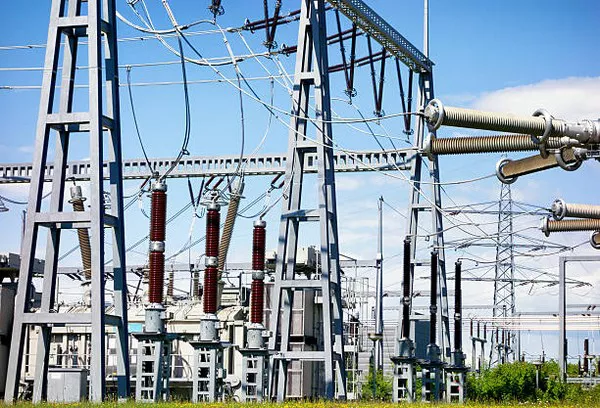Electrical transformers play a pivotal role in the efficient and reliable distribution of electrical energy across various sectors. These devices are fundamental components in power systems, facilitating the transmission and distribution of electricity at different voltage levels. The function of an electrical transformer is multifaceted, impacting the stability, efficiency, and safety of power networks. In this article, we will delve into the essential functions of electrical transformers, exploring their significance in modern power systems.
Understanding the Basics:
At its core, an electrical transformer is a static device that transfers electrical energy between two or more circuits through electromagnetic induction. It comprises two coils of wire, commonly known as the primary and secondary windings, which are electrically insulated from each other. These coils are typically wound around a core made of ferromagnetic material, such as iron, to enhance the efficiency of energy transfer.
Voltage Transformation:
One of the primary functions of electrical transformers is voltage transformation. Power generated at a power station is typically produced at a relatively high voltage for efficient transmission over long distances. However, this high voltage is not suitable for consumption in homes, businesses, and industries. Transformers step up or step down the voltage as needed to match the requirements of different parts of the power system.
Step-Up Transformers:
Step-up transformers increase the voltage level, allowing for efficient long-distance transmission of electricity. Higher voltages reduce energy losses during transmission, as power loss is directly proportional to the square of the current flowing through the transmission lines, and higher voltage implies lower current for the same power. Step-up transformers are commonly found at power generating stations.
Step-Down Transformers:
Conversely, step-down transformers reduce the voltage to levels suitable for distribution and consumption. These transformers are located at substations and distribution points, ensuring that electricity reaches end-users at safe and usable voltages. This voltage reduction is crucial for preventing equipment damage and ensuring the safety of consumers.
Isolation and Grounding:
Electrical transformers provide isolation between the primary and secondary circuits. This isolation is vital for safety, as it prevents direct electrical contact between the high-voltage power grid and the low-voltage consumer equipment. Additionally, transformers enable the grounding of power systems, mitigating the risk of electrical faults and enhancing the overall reliability of the network.
Power Factor Correction:
Power factor is a crucial parameter in electrical systems, representing the ratio of real power to apparent power. Transformers contribute to power factor correction by adjusting the phase relationship between voltage and current. This correction improves the efficiency of power transmission and distribution systems, reducing wasteful reactive power and enhancing the overall power factor.
Efficiency Enhancement:
Transformers are designed to operate with high efficiency to minimize energy losses during the transformation process. Modern transformers incorporate advanced materials and technologies to enhance their efficiency and reduce energy waste. Higher efficiency not only contributes to economic savings but also aligns with global efforts to promote energy conservation and sustainability.
Load Balancing:
Electrical transformers play a vital role in load balancing within a power system. By distributing electrical loads across multiple transformers strategically, operators can ensure that no single transformer is heavily burdened. This helps prevent overloading, improves system reliability, and extends the lifespan of transformers.
Reliability and Stability:
The reliability and stability of a power system heavily depend on the proper functioning of electrical transformers. Transformers contribute to voltage regulation, ensuring that voltage levels remain within acceptable limits. Stable voltage is essential for the efficient operation of electrical equipment and appliances, preventing damage and downtime.
Integration of Renewable Energy:
With the increasing integration of renewable energy sources, such as solar and wind power, transformers play a crucial role in adapting the power grid to fluctuating energy generation. Transformers facilitate the connection of renewable energy sources to the grid and help manage the variability of these sources by adjusting voltage levels and ensuring a smooth flow of electricity.
See Also Can A Transformer Convert AC To DC? A Comprehensive Analysis
Conclusion:
In conclusion, the function of electrical transformers in power systems is indispensable, impacting every aspect of electricity generation, transmission, and distribution. From voltage transformation to isolation, power factor correction to load balancing, transformers play a crucial role in maintaining a stable, efficient, and reliable power supply. As we continue to advance technologically and transition toward more sustainable energy sources, the importance of electrical transformers in shaping the future of power systems cannot be overstated.

